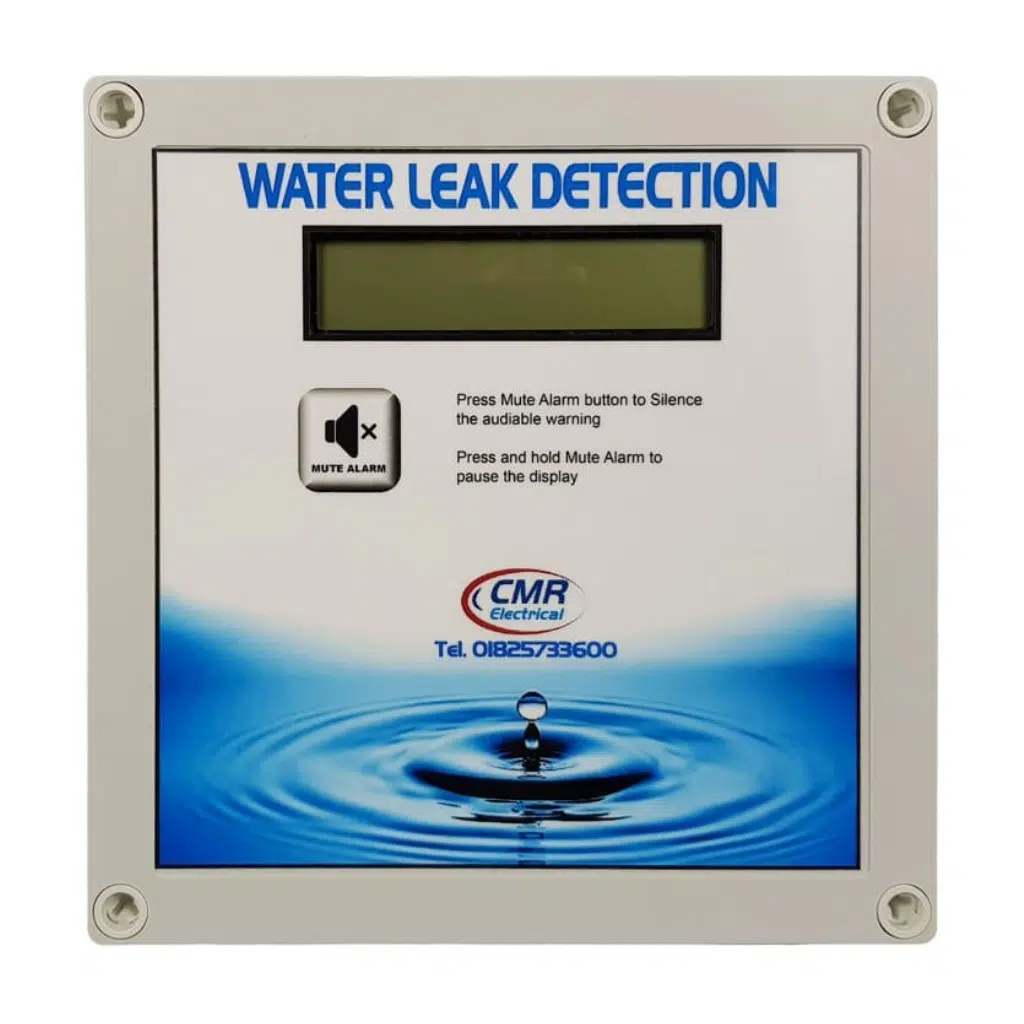Stop Major Issues with Early Water Leak Detection and Motivate Repairs
Stop Major Issues with Early Water Leak Detection and Motivate Repairs
Blog Article
Innovative Solutions for Very Early Discovery of Water Leakages in Structures and Facilities
As the integrity of structures and infrastructure is critical, the challenge of very early detection of water leakages has actually spurred ingenious services that guarantee to transform the way we protect versus potential problems. From innovative leakage detection modern technologies to the deployment of IoT sensing units for real-time surveillance, the landscape of leak avoidance is developing swiftly. Artificial intelligence formulas provide a look into the future of leakage forecast, while thermal imaging provides a non-intrusive technique for identifying surprise leaks. Automated water circulation analysis systems are improving exactly how leaks are identified and attended to, paving the means for a proactive technique to water leak detection. Each of these services holds the essential to ensuring the reliability and long life of our constructed setting, motivating a change in the direction of an extra sustainable and effective future.
Advanced Leakage Detection Technologies
Advanced leakage detection technologies, geared up with innovative sensing units and algorithms, play a critical function in quickly recognizing and identifying water leaks in numerous settings. These technologies employ a mix of acoustic, thermal, and electromagnetic noticing approaches to find leakages precisely. Acoustic sensors find the noise of getting away water, allowing for precise localization of the leak resource. Thermal imaging finds temperature level changes triggered by water leak, providing an additional effective technique for leakage identification. Electromagnetic sensing units can recognize changes in electromagnetic fields brought on by water, providing yet another layer of leakage detection capacity.

IoT Sensors for Real-Time Tracking
In the realm of modern water leak detection, the integration of IoT sensing units for real-time monitoring stands for a pivotal improvement in enhancing positive leakage detection capabilities. These sensing units use continuous tracking of water supply, supplying real-time data on water circulation rates, stress variations, and temperature modifications. By leveraging IoT technology, these sensors can spot also the tiniest abnormalities in water use patterns, enabling early recognition of prospective leakages before they escalate right into significant concerns.
IoT sensors transmit data to a central system, where innovative formulas evaluate the information and generate notifies or alerts when irregularities are found. This real-time surveillance capacity permits homeowner or center managers to without delay resolve leakages, reducing water damages, reducing repair work costs, and conserving water sources.
Furthermore, IoT sensing units can be incorporated with building administration systems, enabling automatic reactions to spotted leaks, such as shutting down water shutoffs or triggering pumps to alleviate the effect of leaks. Overall, the implementation of IoT sensing units for real-time surveillance substantially improves the effectiveness and efficiency of water leak detection in structures and framework.
Maker Understanding Algorithms for Leak Forecast

One key benefit of utilizing artificial intelligence for leakage prediction is its ability to constantly learn and boost its precision in time. As more information is accumulated and fed right into the formula, it can improve its predictions and adjust to transforming conditions, ultimately increasing the reliability of leak discovery systems.
In addition, artificial intelligence algorithms can help in identifying refined indications of leakages that might go undetected by standard monitoring methods. water leak detection. By examining intricate information sets in real-time, these algorithms can supply early cautions and signals, enabling timely intervention and precautionary maintenance to reduce possible water damages and linked expenses
Using Thermal Imaging for Leakage Detection
Thermal imaging technology supplies a promising strategy for discovering water leaks in various systems and facilities. By utilizing infrared radiation and temperature level differences, thermal imaging video cameras can determine hidden leaks that are not quickly noticeable to the nude eye.
One of the essential advantages of thermal description imaging for leakage detection is its non-intrusive nature. Generally, the use of thermal imaging innovation enhances the efficiency and precision of water leak discovery, making it a valuable tool for keeping the integrity of buildings and infrastructures.
Automated Water Circulation Analysis Solutions
How can automated water circulation analysis systems revolutionize the detection and management of leaks in different systems and frameworks? Automated water circulation evaluation systems supply Clicking Here a positive method to leakage detection by continually monitoring water circulation prices and patterns. By developing baseline information, these systems can rapidly determine discrepancies that might suggest a leakage, making it possible for punctual treatment to avoid comprehensive damage.
These systems use innovative algorithms to evaluate real-time data and give immediate informs when abnormalities are identified, permitting speedy action to be taken. Furthermore, computerized water circulation analysis systems can be integrated with structure administration systems or IoT platforms, improving overall performance and making it possible for remote surveillance abilities.
In addition, the information gathered by these systems can be used for anticipating upkeep objectives, aiding to determine potential weak factors in the framework before leaks take place. In general, the application of computerized water flow evaluation systems can substantially enhance leakage detection and management practices, inevitably resulting in set you back savings, minimized water wastefulness, and enhanced sustainability in buildings and framework.

Final Thought
In final thought, the combination of innovative leak discovery modern technologies, IoT sensing units, device discovering formulas, thermal imaging, and automatic water flow evaluation systems provides innovative services for early detection of water leakages in buildings and facilities. These technologies make it possible for real-time surveillance, forecast of leakages, and efficient detection approaches to stop water damages and waste. Executing these options can aid in preserving the stability and sustainability of visit this web-site water systems in numerous settings.
Report this page